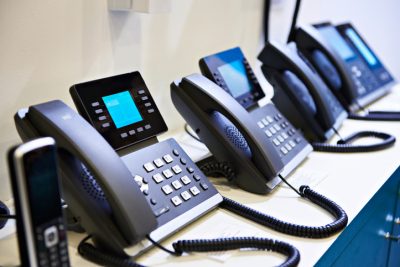
Voice over Cable
VoC has established itself as a viable and convenient option for business users by providing unparalleled ease of use, broad compatibility, and adherence to regulatory standards.

VoC has established itself as a viable and convenient option for business users by providing unparalleled ease of use, broad compatibility, and adherence to regulatory standards.

Granite EPIK is the ultimate choice for a dependable POTS replacement solution, ensuring uninterrupted communication, compliance with industry standards, and future-proofing your organization against traditional POTS limitations.

Companies can both streamline their communication processes and gain a competitive edge in the market.

With Granite’s expansive network, businesses can now have a truly integrated experience within the Microsoft Teams app, delivering high-quality voice calls alongside modern collaboration and conferencing tools.
With VoC, you can say goodbye to the limitations of traditional telephony systems. Voice over Cable provides a cutting-edge solution by utilizing an eMTA (embedded multimedia terminal adapter) with an onsite cable connection. This innovative approach allows analog devices to seamlessly connect to a cable connection, providing a superior alternative to traditional POTS.

The VoC solution offers a comprehensive set of features for effective call management, including call forwarding, 3-way calling, and various call distribution methods.


With Granite, you can say goodbye to the hassle of dealing with multiple vendors and complicated billing processes.
We offer a seamless and streamlined experience, providing you with a 360-degree view of your services across North America and One Bill for your complete business solution.
This consolidated approach saves you time, money, and eliminates the frustration of managing multiple accounts.
Find the various calling types below:
| Call Type | Invoice Indicator | Definition |
|---|---|---|
| Local | LOC1 | A Local call is from point A to point B within the Local Calling Area as determined by the ruling local tariff. |
| Regional Toll | LOC2 | A Regional Toll call is from point A to point B within the same LATA (Local Access and Transport Area) and outside the Local Calling Area. |
| IntraState | IA | An IntraState call is classified as Long Distance from point A to point B within the same State, but outside the same LATA (Local Access and Transport Area) and outside the Local Calling Area. |
| InterState | IE | An InterState call is classified as Long Distance from point A to point B not within the same State and outside the Local Calling Area. |
| Extended Area | EX | An Extended Area call is classified as Long Distance from point A to point B where point B is located in a U.S. Territory, Indigenous Reservation, or Rural Area where rates are higher. |
| Canada | CAN | A call from point A in the United States to point B in Canada. |
| Canada | CAN2 | A call from point A in Canada to point B in the United States. |
| International | IN | A call from point A in the United States to point B in a country outside of the North American Number Plan Administrator (NANPA). Rates are determined at the International Dialing Code level |
| International | IN2 | A call from point A in a country outside of the North American Number Plan Administrator (NANPA) to point B in the United States. Rates are determined at the International Dialing Code level. |
| Directory Assistance | DA2 | A call from point A to 411. |
| Directory Assistance | DA1 | A call from point A to 411 outside the Local Calling Area. |
Toll-Free calling is billed to the owner of the Toll-Free Number (TFN). It may be rated using any of the usage types, where point A is the TFN owner and point B is the originating caller.
Behind every TFN, there is a Local Routing Number (LRN) which is used to determine the usage type.
A single eMTA device supports anywhere from 4 to 8 lines, ensuring that your business can effortlessly expand its communication capabilities. Furthermore, stacking eMTAs allows for even greater expansion potential, up to 24 lines.
Where existing cable access exists (or is cost-efficient to add), Granite can work with the cable provider to deliver a standalone connection and eMTA. This connection can be used for phone but cannot also be used for internet.
The provider can deliver a standalone voice circuit and an eMTA to support phone and other analog devices. However, this circuit cannot be used for internet. The existing broadband circuit and modem will not be replaced.
Only if the customer’s current cable provider is Cox.
Granite will work with the provider to deliver 2 separate circuits to the location – one for voice and one for broadband. An eMTA will be provided for the voice circuit, and a modem for the internet.
No, but Granite can provide voicemail for an additional charge.
No.
Qualified service can be ported.
To qualify for the unlimited Local and LD calling, the customer cannot PIC/LPIC to another carrier.